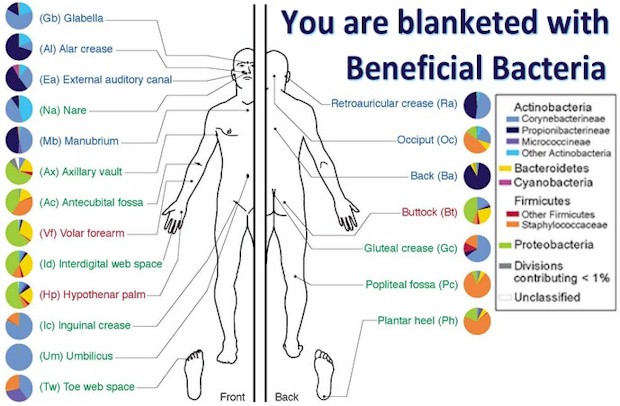 Continental drift
Continental drift is the movement of the Earth's
continents relative to each other, thus appearing to "drift" across the ocean bed.
The speculation that continents might have 'drifted' was first put forward by
Abraham Ortelius in 1596. The concept was independently and more fully developed by
Alfred Wegener
in 1912, but his theory was rejected by some for lack of a mechanism
(though this was supplied later by Holmes) and others because of prior
theoretical commitments. The idea of continental drift has been subsumed
by the theory of
plate tectonics, which explains how the continents move.
In 1858 Antonio Snider-Pellegrini created two maps demonstrating how America and Africa continents may have once fit together.
Early history
Abraham Ortelius (
Ortelius 1596),
Theodor Christoph Lilienthal (1756),
Alexander von Humboldt (1801 and 1845),
Antonio Snider-Pellegrini (
Snider-Pellegrini 1858), and others had noted earlier that the shapes of
continents on opposite sides of the
Atlantic Ocean (most notably, Africa and South America) seem to fit together.
W. J. Kious described Ortelius' thoughts in this way:
Abraham Ortelius in his work Thesaurus Geographicus ... suggested
that the Americas were "torn away from Europe and Africa ... by
earthquakes and floods" and went on to say: "The vestiges of the rupture
reveal themselves, if someone brings forward a map of the world and
considers carefully the coasts of the three [continents]."
Writing in 1889,
Alfred Russel Wallace
remarks "It was formerly a very general belief, even amongst
geologists, that the great features of the earth's surface, no less than
the smaller ones, were subject to continual mutations, and that during
the course of known geological time the continents and great oceans had
again and again changed places with each other."
He quotes
Charles Lyell
as saying "Continents, therefore, although permanent for whole
geological epochs, shift their positions entirely in the course of ages"
and claims that the first to throw doubt on this was
James D. Dana in 1849.
In his
Manual of Geology, 1863, Dana says "The continents and
oceans had their general outline or form defined in earliest time. This
has been proved with respect to North America from the position and
distribution of the first beds of the Silurian - those of the Potsdam
epoch. … and this will probably prove to the case in Primordial time
with the other continents also".
Dana was enormously influential in America - his
Manual of Mineralogy is still in print in revised form - and the theory became known as
Permanence theory.
This appeared to be confirmed by the exploration of the deep sea beds conducted by the
Challenger expedition,
1872-6, which showed that contrary to expectation, land debris brought
down by rivers to the ocean is deposited comparatively close to the
shore in what is now known as the
continental shelf. This suggested that the oceans were a permanent feature of the earth's surface, and did not change places with the continents.
Wegener and his predecessors
The hypothesis that the continents had once formed
a single landmass, called Pangaea, before breaking apart and drifting to their present locations was first presented by
Alfred Wegener to the German Geological Society on 6 January 1912.
Although Wegener's theory was formed independently and was more
complete than those of his predecessors, Wegener later credited a number
of past authors with similar ideas:
[ Franklin Coxworthy (between 1848 and 1890),
Roberto Mantovani (between 1889 and 1909),
William Henry Pickering (1907)
and
Frank Bursley Taylor (1908).
Eduard Suess had proposed a supercontinent
Gondwana in 1885
and the
Tethys Ocean in 1893
from a sunken
land-bridge/
geosyncline theory point-of-view, though.
John Perry had written an 1895 paper proposing that the earth's interior was fluid, and disagreeing with
Lord Kelvin on the age of the earth...................
http://en.wikipedia.org/wiki/Continental_drift
https://www.youtube.com/watch?v=_5q8hzF9VVE
















